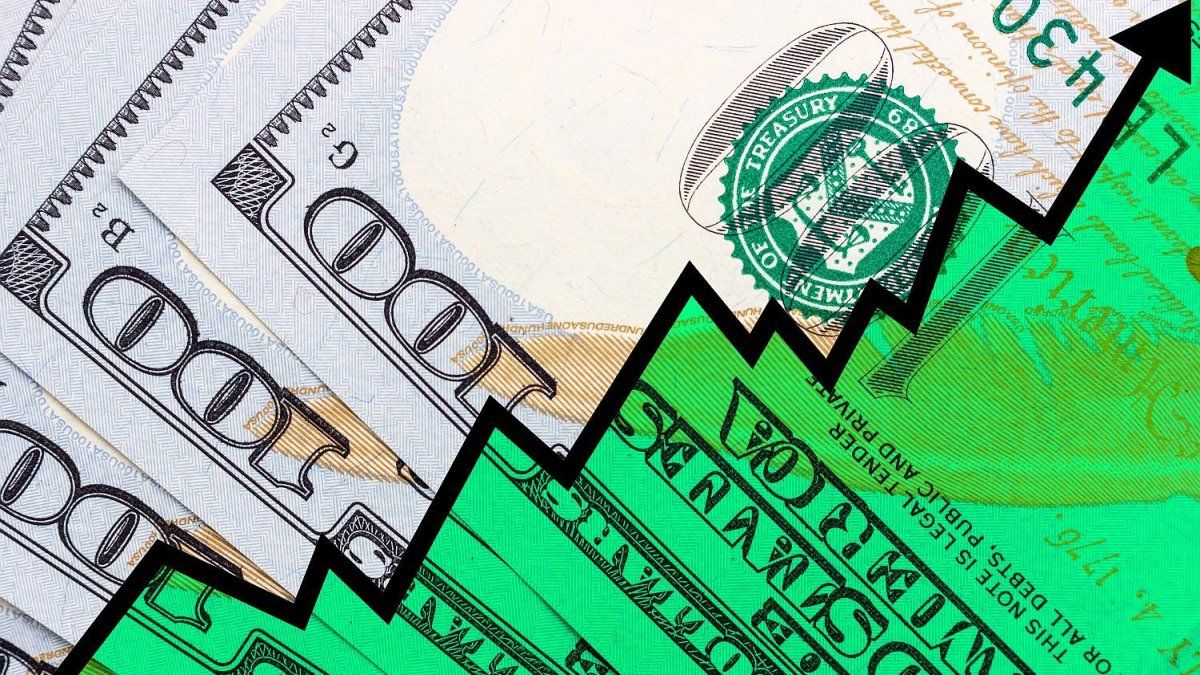The story is the usual: after a great devaluation, dollars enter, credit grows, domestic demand expands and more or less quickly “the dollar is delayed.”
These days there is a strong discussion of whether the official dollar is late. All kinds of conjectures and comparisons are made with moments of the past, which lead to non -coincidental conclusions. It seems obvious that the November 2023 exchange rate was late. Also that January 2024 was “advanced”. And that from that January to which it ends up, while the dollar rose 27%, the net CPI of American inflation climbed 85%, so those who live from exporting or have to compete with imports feel that, once again, the Government has put them to give birth.
The content you want to access is exclusive to subscribers.


The story is the usual: after a great devaluation, dollars enter, credit grows, domestic demand expands and more or less quickly “The dollar is delayed.” Other times this has been attributed to public spending and fiscal deficit, but it is not the case this time. In 2024 the expense was contracted, so it would not have generated additional impact on prices, and the deficit disappeared as a factor of expansion of money. And yet? What exploded in 2024 was the credit of banks to private sector (77% in real terms). Something similar had happened in 1991 when convertibility was launched. This is what explains the reactivation of demand, the return of growth … and also the growth of prices dollar.
It is a good lesson for simplifiers that believe that only spending and deficit generate monetary emission and inflation. Also loans to the private sector generate issuance and can generate inflation. And that is why we must close the Central Bank. In fact, only central banks can take measures so that private credit grows more or less. But Would it have been desirable to avoid prices growth leaving the crushed economy? Why does this happen in other economies where credit flows, there is much growth and little inflation?
In other economies this does not happen (or occurs to a lesser extent) because they do not have so many monopolistic structures that allow unions and many companies to set their salaries and prices without competition. There are more flexible labor legislation, there is less collective salary negotiation and more company by company, there are less obstacles to import and export, there are fewer distortive taxes, such as gross income, credits and debit and withholdings, which by themselves take away from the chacarero So much or more than a profit tax, there are fewer tariff Energy, Transport (Railroad against truck), ports and services in general. There are, in short, many things that are missing here.
If tomorrow the peso was devalued and the dollar would cost 20 or 30% more than today, would the famous “delay” be resolved? No. Because, as in the past, in a short time the tax and sclerous entrepreneurs/businesswomen that we knew will generate the increase in equivalent prices and return to the starting point. While these structures do not attack, exporters and those who compete with imports will continue to give birth to it day by day.
Secretary of the Ucema Superior Council.
Source: Ambito
David William is a talented author who has made a name for himself in the world of writing. He is a professional author who writes on a wide range of topics, from general interest to opinion news. David is currently working as a writer at 24 hours worlds where he brings his unique perspective and in-depth research to his articles, making them both informative and engaging.




